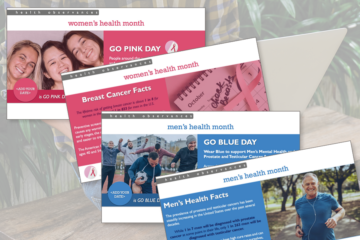4 Tips for Starting the DEI Conversation


Joelle Allen, Chief Inclusion Officer of Interaction Traction
Why is diversity, equity, and inclusion (DEI) important in the workplace?
Creating DEI policies and practices in your workplace may be a relatively new concept, perhaps bubbling up after the death of George Floyd, or it may be something that has been at your company’s forefront of focus for many years. Regardless of where your workplace is on the DEI journey, it is important to recognize the profound effects this journey can create. The positive impact DEI initiatives have can seep into and infiltrate your workplace in many domains: recruiting and retaining talent, productivity, innovation, decision-making, team performance, culture, reputation, financial performance, AND employee wellbeing.

Tips for Starting the DEI Conversation:
1. Understand Equity vs. Equality
Consider equity and equality this way: Equality is giving everyone in your workplace the same pair of shoes, say a size 8 men’s tennis shoe for example. Equity is giving everyone in your workplace a pair of shoes that fits them. In order to promote equity, leaders must consider the inequities for certain groups of people within the workplace. Inequities typically come about as a result of perceived or actual unfair treatment relative to other employees within the organization. It can be related to wage inequality, gender gaps, disadvantages for individuals with disabilities, poor career development opportunities, etc.
An ‘equal opportunity’ is not the same for each person in your company. A company produces equity by committing to change, setting clear goals, and then taking appropriate action, which ultimately becomes a foundation of their DEI efforts.
2. Encourage Diversity
A definition of diversity is as follows: “a mosaic of people who bring a variety of backgrounds, styles, perspectives, values, and beliefs as assets to the groups and organizations with which they interact.” Encouraging, recognizing, and employing diversity in each of those areas will allow your employees to be their authentic selves by speaking up in meetings, collaborating on solutions, and creating a culture of inclusion. We need all types of minds, experiences, and thoughts in our workplace.
3. Identify Implicit Bias
Implicit biases are beliefs and opinions towards certain social groups that people are unaware of. Having a stereotype of a certain group of people is an example of implicit bias. Each person has different types and degrees of implicit bias. You can learn about your biases by taking one of Harvard’s many implicit bias tests. Since each person has different biases, your company may reflect these biases as well. In doing so, your company may be unintentionally creating a non-DEI-friendly environment. If you collect data or administer surveys to employees, you may realize that certain patterns and relationships occur that are creating inequities. For example, you may find that you have a dependency on a select few people or groups for feedback, collaboration, problem-solving, etc., while excluding others with different perspectives, connections, and thoughts. When you identify the employees you are not hearing, you can take steps to ensure you are diversifying your networks and ensuring that all are heard.
4. Integrate DEI Into Your Employee Wellness Program and Benefits Offerings
It is important to recognize the differences in health beliefs, cultural needs, linguistic needs, and practices of your employee population. When you do so, you can tailor your benefits and wellness offerings to meet employee needs and produce positive health outcomes. For example, offer translations of health and wellness information, utilize graphs and pictures, write and avoid complicated jargon, and supply substitutions for activities for those that have a disability. You can also encourage your employees to diversify their knowledge of other backgrounds, abilities, and beliefs by encouraging them to connect with other coworkers. Cultural competency must be a top priority as your company develops (or modifies) its benefits offerings and wellness program.


